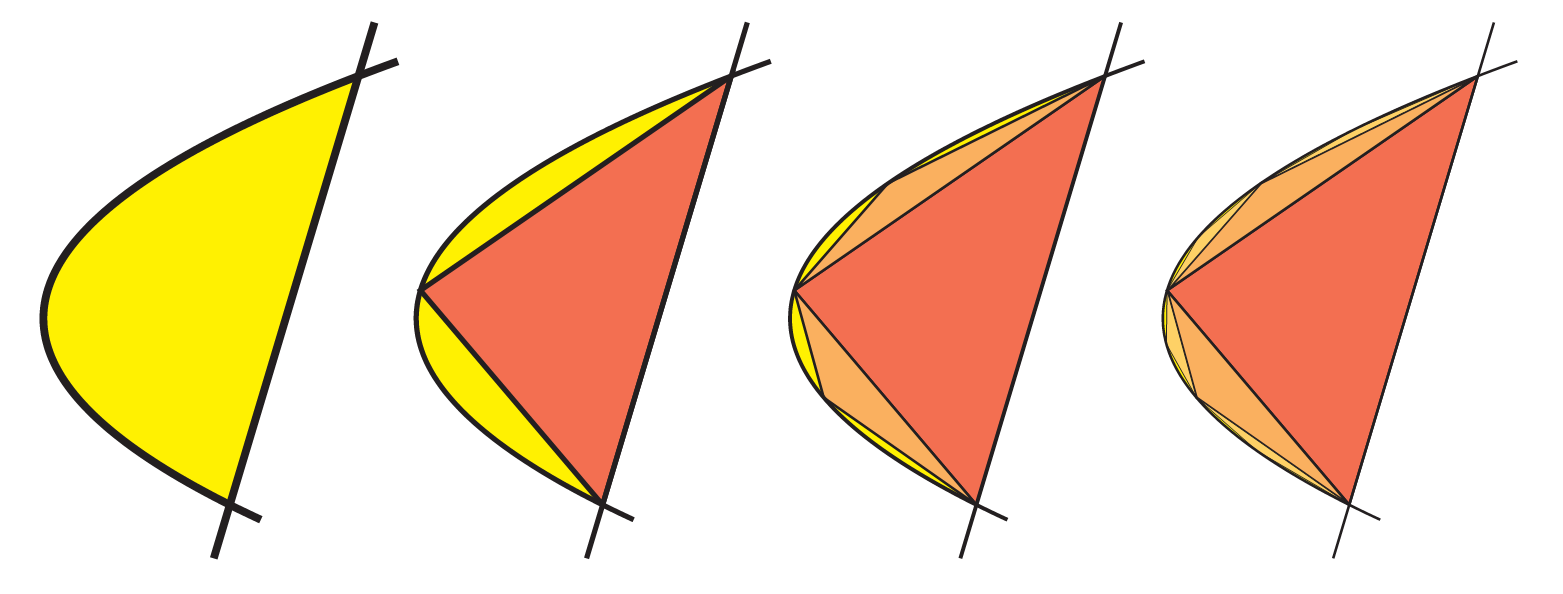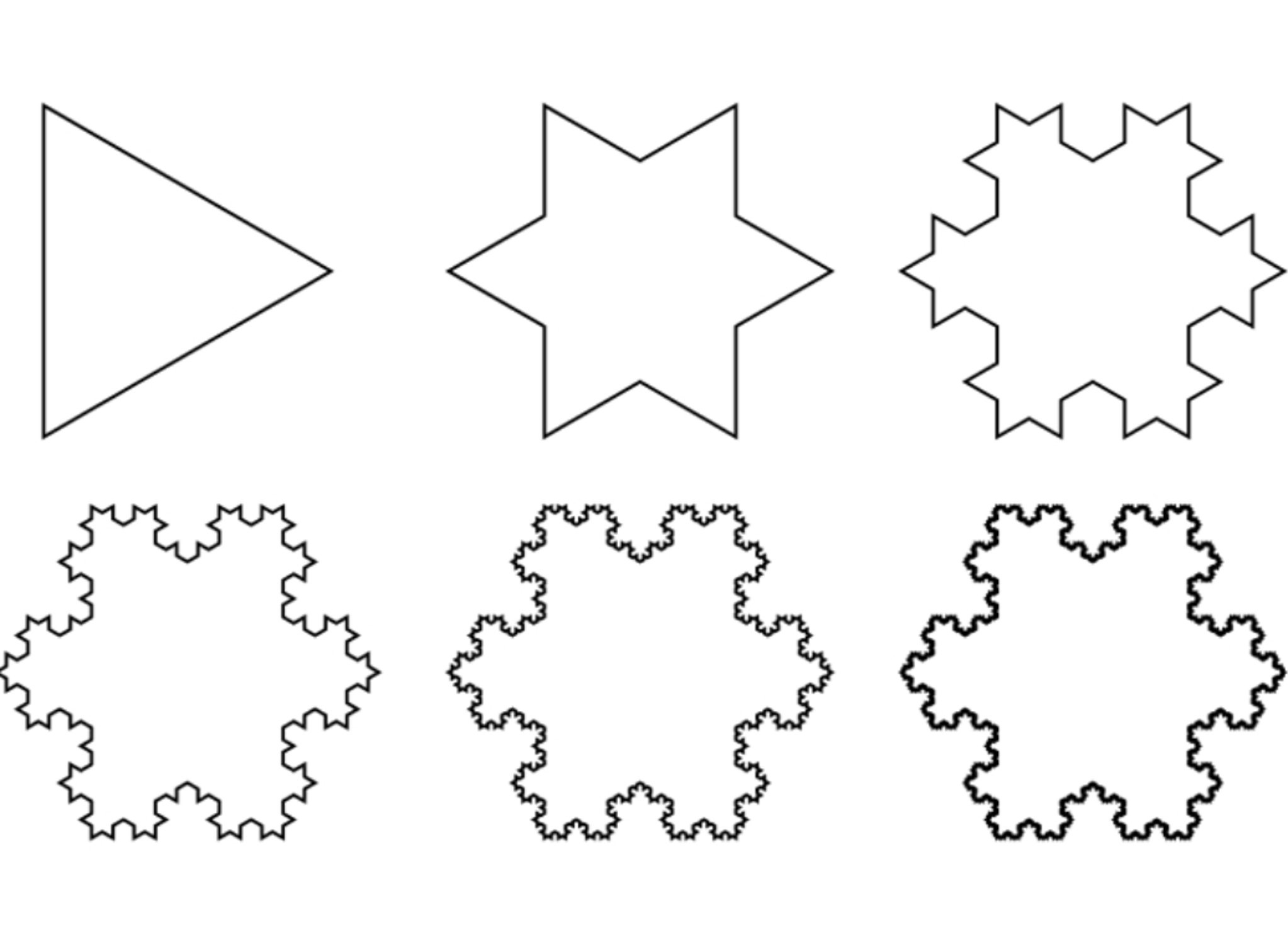18 Definition
Highlights of this Chapter: We define infinite series and infinite products, and relate them through via exponential functions and logarithms, reducing the theory to the study of one or the other. We then introduce two classes of series that we can essentially compute by hand: telescoping sums, and the geometric series.
We return from our excursion into the study of functions back to sequences for a short bit, and discuss two particular types of recursive sequences which prove to be extremely useful across mathematics: infinite series, and infinite products. Most of the material in this section and the following could easily have been covered much earlier - the reason we have postponed them is that the most striking applications of sequences and series involve not numbers but whole functions, and now that we have that technology available we will be able to present the theory in its fullest.
Definition 18.1 (Series) A series
Remark 18.1. It is important to carefully distinguish between the sequence
When a series converges, we often denote its limit using summation notation as well. The traditional ‘calculus notation’ sets
There are many important infinite series in mathematics: one that we encountered earlier is the Basel series first summed by Euler.
When the sequences
One of our big accomplishments to come in this class is to prove that exponential functions can be computed via infinite series, and in particular, the standard exponential of base
Remark 18.2. Because the sum of any finitely many terms of a series is a finite number, we can remove any finite collection without changing whether or not the series converges. In particular, when proving convergence we are free to ignore the first finitely many terms when convenient.
Because of this, we often will just write
The other infinite algebraic expression we can conjure up is infinite products:
Definition 18.2 (Infinite Products) An infinite product
Again, like for series, when such a sequence converges there are multiple common ways to write its limit:
The first infinite product to occur in the mathematics literature is Viete’s Product for
This product is derived from Archimedes’ side-doubling procedure for the areas of circumscribed
Another early and famous example being Wallis’ infinite product for
In 1976, the computer scientist N. Pippenger discovered a modification of Wallis’ product which converges to
Pippenger wrote up his result as a paper…but due to the relatively ancient tradition of mathematics he was adding to - he decided to write it in Latin! The paper appears as “Formula nova pro numero cujus logarithmus hyperbolicus unitas est”. in IBM Research Report RC 6217. I am still trying to track down a copy of this! So if any of you are better at the internet than me, I would be very grateful if you could locate it.
Alluded to above, one of the most famous functions described by an infinite product is the sine function, which Euler expanded in his proof of the Basel sum
AAs well as our friend the Riemann zeta function from above, which can be written as a product over all the primes! (Alluding to its deep connection to number theory)
Perhaps in a calculus class you remember seeing many formulas for the convergence of series (we will prove them here in short order), but did not see many infinite products. The reason for this is that it is enough to study one class of these recursive sequences, once we really understand exponential functions and logarithms: we can use these to convert between the two.
Proposition 18.1 (Relating Products to Series) Let
Furthermore, if we can explicitly sum the series
Proof. Let
Thus,
Thus
This is yet another reason that we should desire a rigorous theory of the transcendental functions, as the ability to turn multiplication into addition is useful in theory, just as it was in practice centuries ago.
In this chapter we begin our study of series by looking at some common types of series, and how to check if these converge or diverge. In the following chapters we will develop more powerful convergence tests, and use them to study series of functions, as well as series of numbers.
18.1 Telescoping
Definition 18.3 (Telescoping Series) A telescoping series is a series
Telescoping series are the epitome of a math problem that looks difficult, but is secretly easy. Once you can express the terms as differences, everything but the first and last cancels out! For example:
Once a series has been identified as telescoping, often proving its convergence is straightforward: you get a direct formula for the partial sums, and then all that remains is to calculate the limit of a sequence.
Example 18.1 The sum
Now we no longer have a series to deal with, as we’ve found the partial sums! All that remains is the sequence
Of course, sometimes a bit of algebra needs to be done to reveal that a series is telescoping:
Exercise 18.1 Show that the following series is telescoping, and then find its sum
A telescoping product is defined analogously
Definition 18.4 (Telescoping Product) A telescoping product is a product
Exercise 18.2 Prove that if
18.2 Geometric Series
Definition 18.5 A series
In this case we can see inductively that the terms of the series are all of the form
Exercise 18.3 (Geometric Partial Sums) For any real
Like telescoping series, now that we have explicitly computed the partial sums, we can find the exact value by just taking a limit.
Theorem 18.1 If
Proof. By the partial sum formula, we have
Remark 18.3. Its often useful to commit to memory the formula also for when the sum starts at
Exercise 18.4 Prove that for all
Because this holds for all values of
18.2.1 Quadrature of the Parabola
We may now revisit Archimedes’ other famous argument - discovering the area of the parabola.
Theorem 18.2 The area of the segment bounded by a parabola and a chord is
After first describing how to find the largest inscribed triangle (using a calculation of the tangent lines to a parabola), Archimedes notes that this triangle divides the remaining region into two more parabolic regions. And, he could fill these with their largest triangles as well!
These two triangles then divide the remaining region of the parabola into four new parabolic regions, each of which has their own largest triangle, and so on.

The key geometric step to Archimedes argument is to realize that the total area of triangles added at each stage is proportional to the area of triangles added at the previous stage:
Proposition 18.2 (Area of the
That is, if
Exercise 18.5 Archimedes has defined
There is a final part to this argument, that takes some more real-analysis work: since each of these triangles is a subset of the original parabola, the overall shape constructed from their union is also a subset, and so the area of the limit is less than or equal to the area of the parabola. But why is it equal? This requires us to show that area missed by each finite stage converges to zero.
Archimedes carefully works out the geometry to prove that this sequence of errors
Exercise 18.6 (Parabola Error (Challenge)) Try to sketch an argument for why
Instead, can you prove that if
18.2.2 The Koch Fractal
The Koch Snowflake is a fractal, defined as the limit of an infinite process starting from a single equilateral triangle. To go from one level to the next, every line segment of the previous level is divided into thirds, and the middle third replaced with the other two sides of an equilateral triangle built on that side.

Doing this to every line segment quickly turns the triangle into a spiky snowflake like shape, hence the name. Denote by

Say the initial triangle at level
Exercise 18.7 (The Koch Snowflake Length) What are the perimeters
Next we turn to the area: recall that the area of an equilateral triangle can be given in terms of its side length as
Exercise 18.8 (The Koch Snowflake Area) What are the areas
Now, use what we know about geometric series to prove that this converges: in the limit, the Koch snowflake has a finite area even though its perimeter diverges!